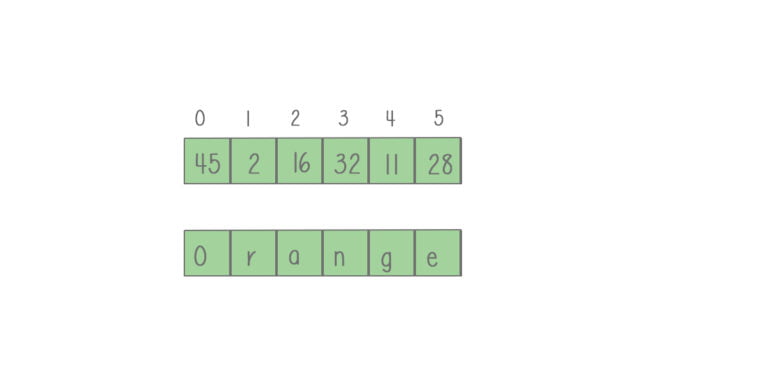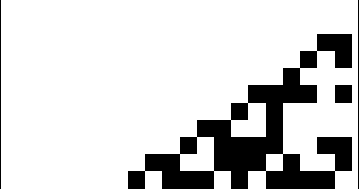

Examples include the Shapiro polynomials, which give rise to complementary sequences of length a power of two.Īpplications of complementary sequences If so, A and B form a Golay pair of polynomials. Using percent-encoding, reserved characters are represented using special character sequences. R x ( k ) = ∑ j = 0 N − k − 1 x j x j + k. Let the aperiodic autocorrelation function of the sequence x be defined by , b N − 1) be a pair of bipolar sequences, meaning that a( k) and b( k) have values +1 or −1. 5 Applications of complementary sequences.3 Properties of complementary pairs of sequences.Worst case occurs in N/2 position where we’ve to traverse NCN/2 = N!/(N/2)! 2 permutations. The map has the maximum sized list at N/2 position. Since we are iterating all the 2 N permutations and appending second half from the map. We observe here that each list has a size of N choose Key which will be maximum at N choose N/2 Therefore O(2 N* N!/(N/2) 2 ) < O(2 N*2 N) = O(2 2n) = O(4 N)ĢN * N : we generate all permutations of binary bits of size N and find sum of the bits for each permuationĢ N: we iterate through all possible permutations of size N (first-Half) Without formal proof, if we graph 2^N and N!/(N/2)! 2, we see that 2 N has a faster growth rate than the latter. Hence, for each element, we must iterate through, at most, NC N/2 for forming strings of length 2N We get our longest list of string when k = N/2, hence NC N/2 = N!/ which simplifies to NC N/2 = N!/(N/2)! 2 I our case it would be nCk *nCk where k represents the number of 1s in each half of the string of size 2n: In the list of strings which the index represents the sum, we get the count of strings of size 2n by using “n choose k” formula. Our array of possible sequence of size n would be: array index N!/(N/2)! 2: This one is a bit challenging to explain.2 N: we iterate through all the string generated of size n.Analysis of Algorithm | Set 5 (Amortized Analysis Introduction).Difference Between Symmetric and Asymmetric Key Encryption.DDA Line generation Algorithm in Computer Graphics.Comparison among Bubble Sort, Selection Sort and Insertion Sort.

BINARY SEQUENCES FREE
BINARY SEQUENCES HOW TO



 0 kommentar(er)
0 kommentar(er)
